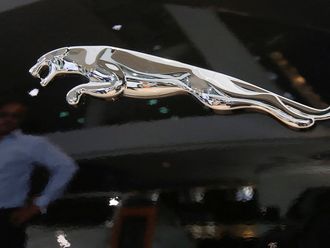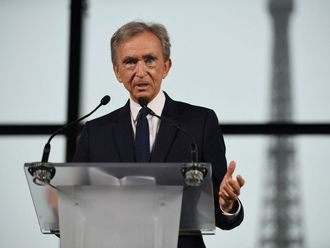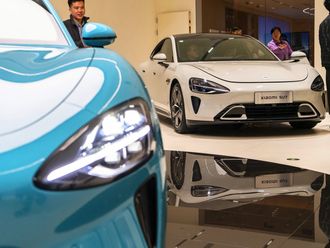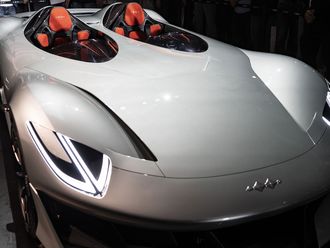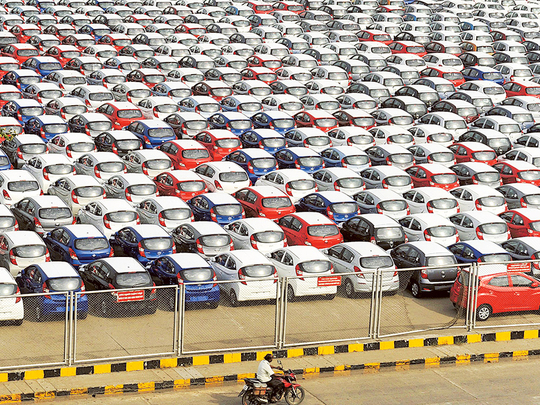
Dubai: UAE’s automotive dealerships, which also rely on re-exports for their sales volumes, may have had their worst year since 2009, according to industry sources. This is building up unsold inventory in the auto retail sector and will force dealerships to go more than the extra mile in “liquidating’ them, the sources add.
This would then turn out to be another repeat from 2009 — all the unsold stock piling up could see dealers soon slashing showroom prices to get a buyer, whatever the impact may be on their margins. That would be better than continuing to hold the stocks even as the new 2017 model year versions start coming in during the second-half of the year.
Prospective car buyers out for a good bargain stand to be the winners in such a scenario. Five-year warranties and free insurance have long since become the norm. To that some dealers are adding 0 per cent interest rate.
“It’s a two-tier market that we are seeing out there — dealerships concentrating purely on the local market and those who want a mix of local and re-export sales,” said Ajith Kumar, CEO of Swaidan Trading, the local Peugeot dealership. “Some dealers had become too reliant on going after re-exports. Those who are focused just on selling local are still doing pretty fine despite an intensely competitive market.”
But it’s those shipments that were meant for the re-export markets that are piling up at dealer’ stockyards and warehouses. The various conflicts raking the rest of the Middle East have meant few orders coming through in the year-to-date. Even Iranian off-take has not shot up much beyond the average.
African demand too has been subdued because a strong dollar made placing orders that much more expensive. On the dollar front, there might be some respite given the recent softness that has crept into it.
“If nothing much changes soon on the demand side, affected dealers will start flooding their stocks at cut-throat prices,” said Kumar. “It could happen in the next two months itself before the 2017 models come around.”
Some of the discounts could be “dressed up” as part of the normal Eid marketing campaigns in July. But, sources add, that these will rank among the most aggressive from recent years. The last time something similar has happened was in 2009, when dealers were caught with massive unsold inventory.
It took them a better part of a year and more to get them off their books. But, thankfully, for them the auto market had recovered significantly and set off on a high growth spree between 2011-14.
This year, auto dealerships would be rate themselves content if they were able to attain sales growth anywhere from 0 per cent to 5 per cent. Passenger car demand is flat, SUVs are doing better, while commercial vehicle sales have been able to do much better.
Bruce Robertson, regional managing director at Jaguar Land Rover, has seen it all. And he is not too fazed.
“Yes, there will be some concerns over the extent of the deals on offer ... but I don’t think this represents the new norm,” said Robertson. “I lived through this in the UK during 2009 — it’s just a simple situation of supply and demand.
“There are many ways that manufacturers can help resolve this — they could adjust production accordingly or change the model mix to balance out the situation. At the end of the day, everyone wants to see profitability for their dealerships.”
And he believes a good number of UAE’s car buyers have long since moved away from letting bargains be the sole point of interest.
“They are out for a brand experience and a certain level of customer care experience while at the showrooms,” Robertson added. “It’s not about bargains alone.”
UAE remains the bright spot for auto sales
* Strip out those sales made in the UAE and things look decidedly much worse for the region’s automotive market. “Things have gotten much tougher outside of the UAE in the first four months,” said Bruce Robertson, regional head at Jaguar Land Rover. “This is where the diversity of the economy seems to be paying off for the UAE.”
* In 2015, the UAE’s automotive market accounted for more than 400,000 units, based on industry estimates. Re-exports would have accounted for well over 20 per cent.


